Poles have discovered the oldest traces of vertebrate movement on land, left by lungfish

The oldest traces of vertebrate movement on land have been identified by Poles in the Świętokrzyskie Mountains. Fossils dating back over 400 million years demonstrate that lungfish were the first to attempt to emerge from water onto land. This occurred 10 million years before tetrapods, the oldest fully terrestrial tetrapods.
The discovery was made by researchers from the Polish Geological Institute – National Research Institute: Dr. hab. Piotr Szrek, Katarzyna Grygorczyk, Dr. Sylwester Salwa, Dr. Patrycja Dworczak and Prof. Alfred Uchman from the Jagiellonian University.
Their discovery was published in the journal Scientific Reports.
The evolutionary history of lungfish dates back approximately 415 million years and began in a marine environment. Over time, these vertebrates inhabited inland waters, where they survive to this day as a relict group. Their anatomy has changed only slightly over millions of years, which is why they are often referred to as "living fossils." Some species can survive in drying bodies of water. Fish of the genus Protopterus , in particular, crawl in search of water, burrowing into the sediment and becoming lethargic when necessary.
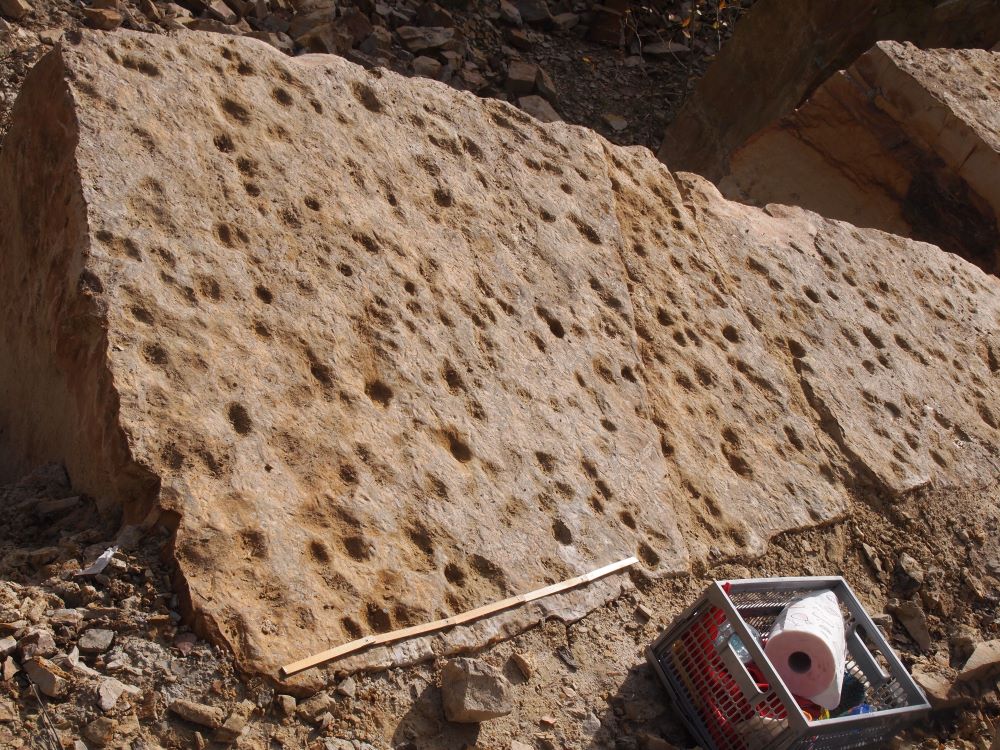
Early Devonian lungfish fossils are very rare. The first Devonian fish fossils in Poland were discovered by a team of Polish researchers near Krzyżtopór Castle in Ujazd in 2016, which initiated years of research in the area. The discovery discussed in this publication concerns previously unknown traces discovered at this site in 2020-2021.
The tracks left by lungfish in the Świętokrzyskie Mountains have been identified as Reptanichnus acutori (Latin for "crawling pioneer"). These are not just fin prints. They are a complex record of movement, documenting the dragging of the body, the imprints of the body, tail, and even the snout, which the animal used to "anchor" itself to the substrate and pull the rest of its body up.
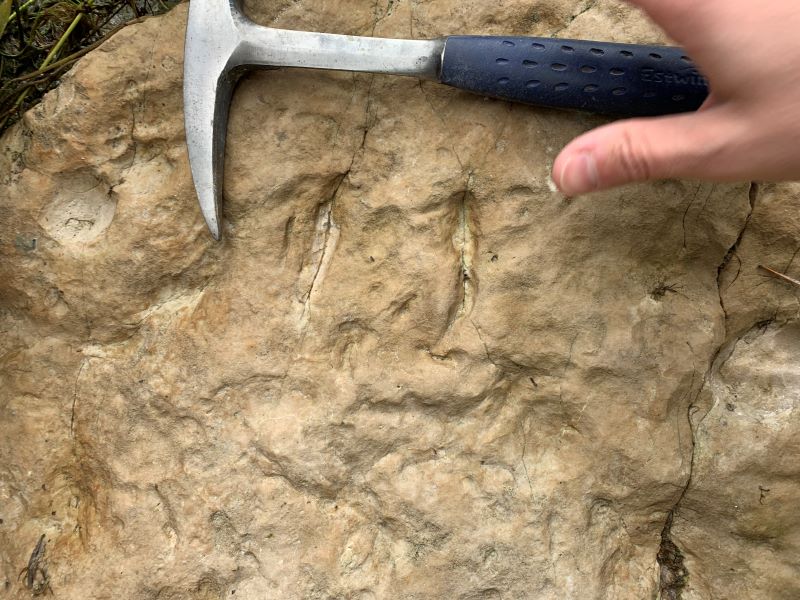
"This trace was created by a fish moving in very shallow water or even over exposed sediment, with at least part of its body exposed. In such a state, buoyancy is reduced or absent, making swimming impossible. In these conditions, the traces were left by all parts of the fish's body involved in locomotion," one of the authors of the discovery, Dr. Piotr Szrek, described to PAP.
The remains examined were found in small, abandoned sandstone quarries in the villages of Ujazd and Kopiec in the central part of the Świętokrzyskie Mountains. The perfect preservation of the 400-million-year-old fossils was possible thanks to a layer of volcanic ash (tuff) that almost immediately covered the traces, protecting them from destruction.
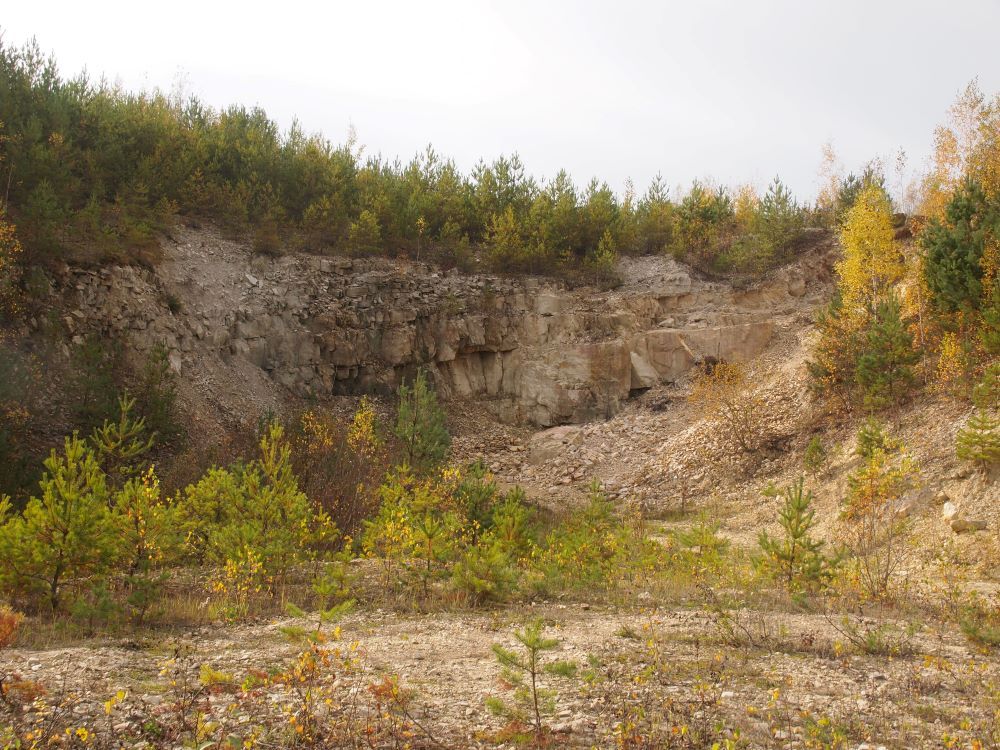
Thanks to 3D scanning, the scientists obtained a more complete picture of the trackway assemblage. Their interpretation was also possible thanks to experiments with the modern lungfish Protopterus annectens from Africa. They found that these animals leave complex tracks while crawling—almost identical to those observed on Devonian sandstone surfaces in the Świętokrzyskie Mountains.
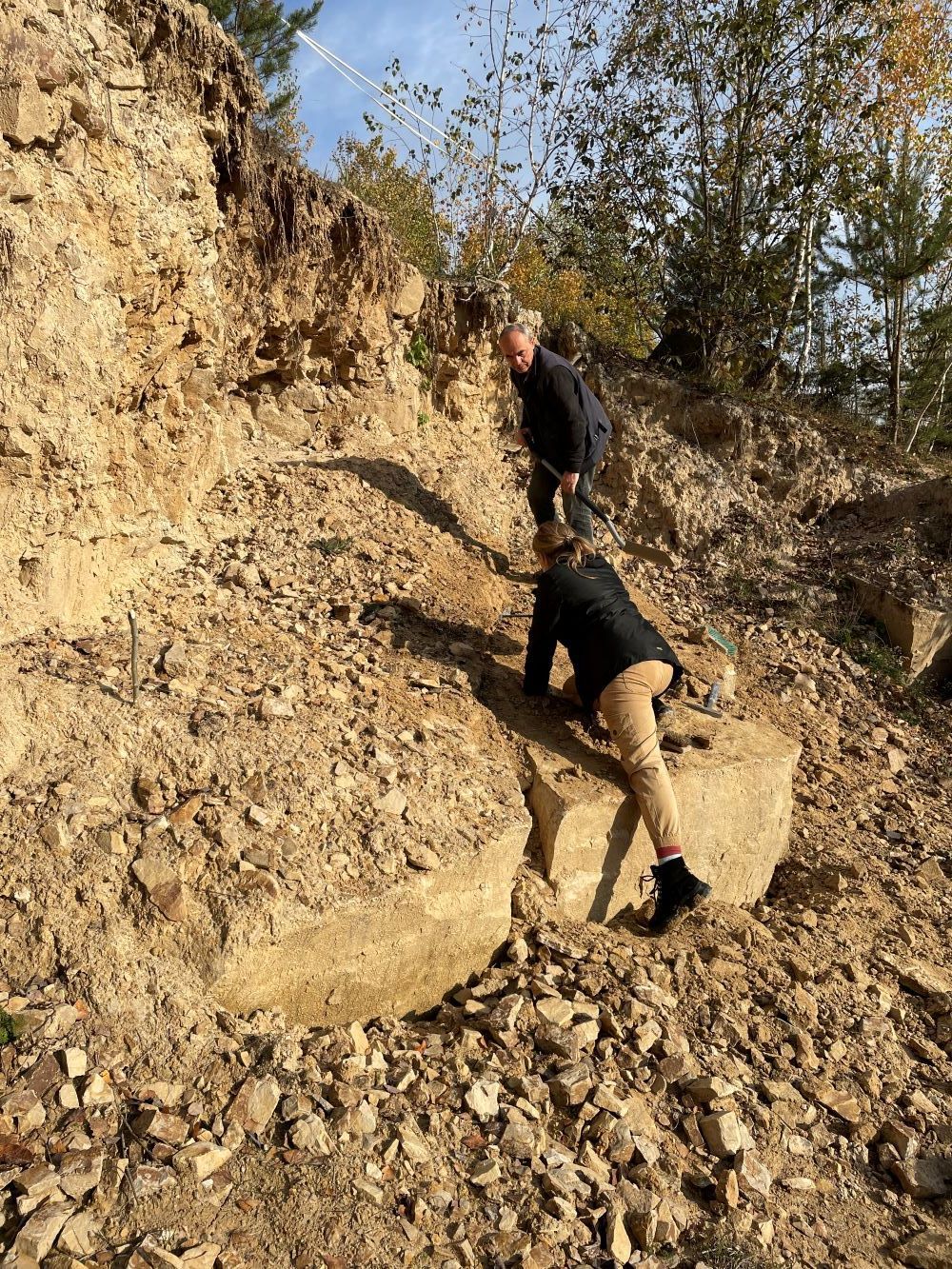
Traces of the first vertebrates to colonize land are known from only a few sites, primarily in Europe and one in Australia. The oldest so far come from the lower Middle Devonian of the Świętokrzyskie Mountains in Poland. These were the tracks of tetrapods, the oldest known fully terrestrial tetrapods. These were also discovered by Polish researchers, including Dr. Piotr Szrek.
- The traces we discovered, left by lungfish, are evidence that vertebrates were testing their ability to move on land about 10 million years earlier than in the case of tetrapods - described Dr. Piotr Szrek to PAP.
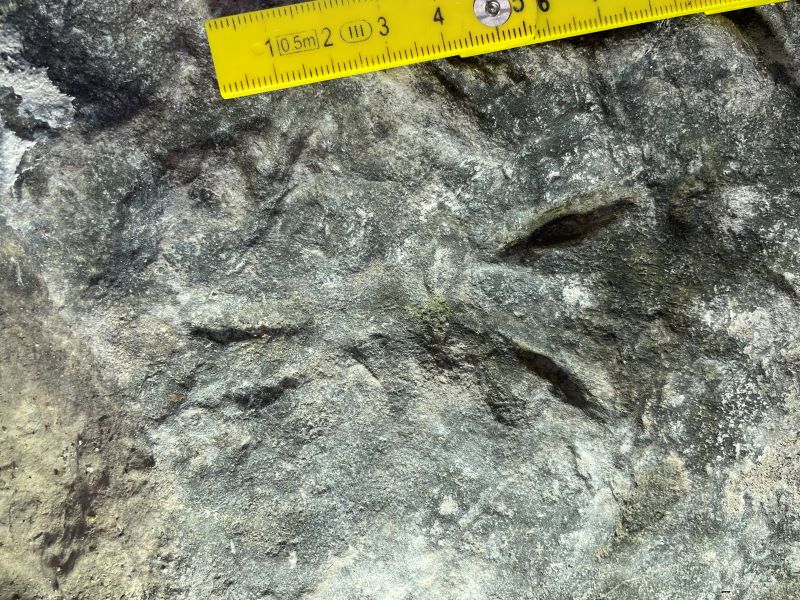
The discovery of the Polish team shows that evolution "tested" various ways of adapting to life on land almost simultaneously and within at least two groups of animals.
Interpreting the tracks also revealed that Devonian fish almost always placed their snouts into the sediment, tilting them to the left. This suggests a right-hemisphere dominance, the oldest known evidence of lateralization (dominance of one side of the body over the other) in vertebrates.
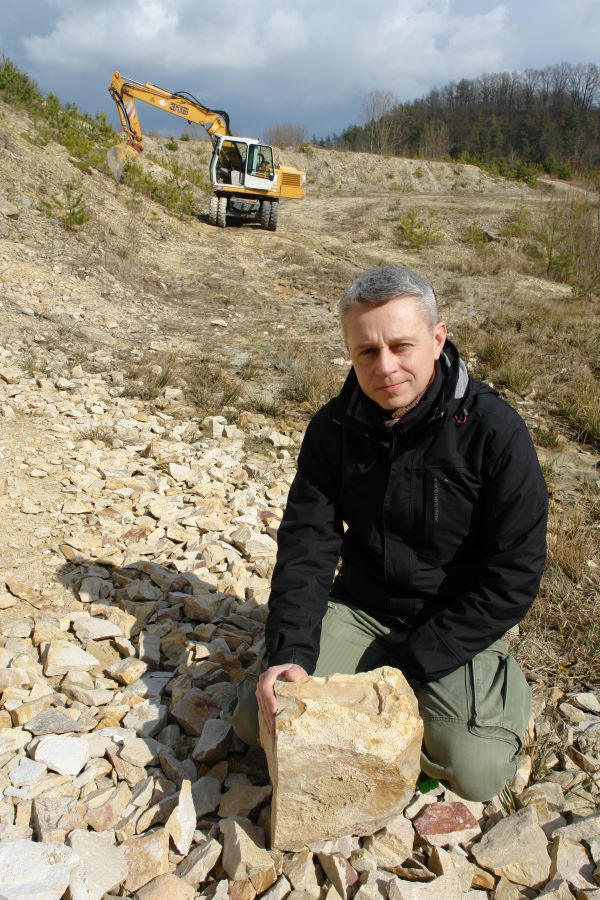
"The presence of traces of a fish's snout pressed into the sediment, combined with a leftward body twist, was previously noted as evidence of almost exclusive left-handedness, based on 10 traces found in Ujazd. We supplemented these observations with another 26 traces from Ujazd and Kopiec. The set of 35 left-handed traces appears statistically significant and may constitute the oldest known example of lateralization in vertebrates," said Dr. Piotr Szrek.
Science in Poland, Ewelina Krajczyńska-Wujec (PAP)
ekr/ zan/ as above/
The PAP Foundation permits free reprinting of articles from the Nauka w Polsce website, provided that you notify us by email once a month of your use of the website and cite the source of the article. On portals and websites, please include the linked address: Source: naukawpolsce.pl, and in journals, please include the annotation: Source: Nauka w Polsce website - naukawpolsce.pl. This permission does not apply to information in the "World" category or any photographs or video materials.
naukawpolsce.pl




